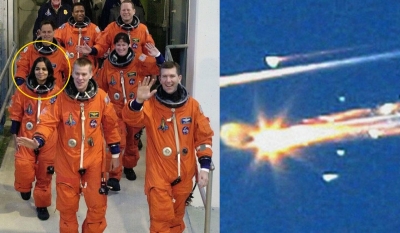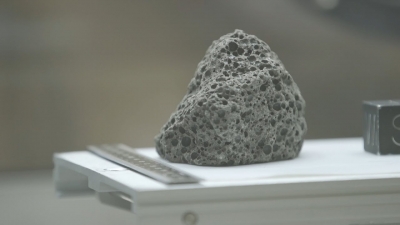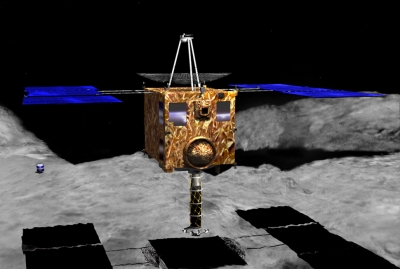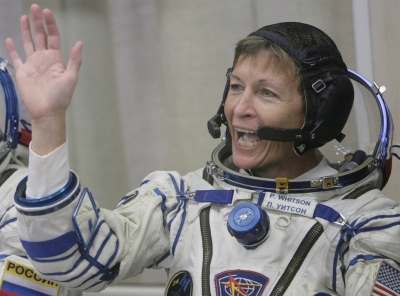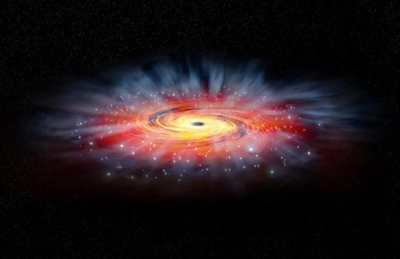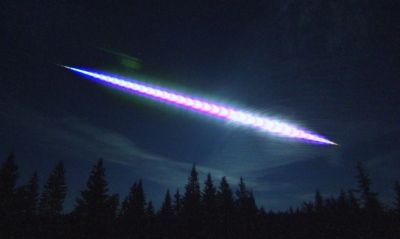
Valentina Vladimirovna Tereshkova born 6 March 1937) is a member of the Russian State Duma, engineer, and former cosmonaut. She is the first and youngest woman to have flown in space with a solo mission on the Vostok 6 on 16 June 1963. She orbited the Earth 48 times, spent almost three days in space, and to date remains the only woman to have been on a solo space mission.
Valentina Tereshkova was born on 6 March in 1937 in the Bolshoye Maslennikovo, a village on the Volga River 270 kilometres (170 mi) northeast of Moscow and part of the Yaroslavl Oblast in central Russia. Her parents had migrated from Belarus. Her father, Vladimir Tereshkov, was a former tractor driver and a sergeant in command of a tank in the Soviet Army. He died in the Finnish Winter War during World War II when Tereshkova was two years old. He and her mother Elena Fyodorovna Tereshkova had three children. After her father’s death, her mother moved the family to Yaroslavl, seeking better employment opportunity, and became employed at the Krasny Perekop cotton mill.
After Yuri Gagarin became the first man in space in 1961, Tereshkova volunteered for the Soviet space program. Although she did not have any experience as a pilot, she was accepted into the program because of her 126 parachute jumps. At the time, cosmonauts had to parachute from their capsules seconds before they hit the ground on returning to Earth.
Along with four other women, Tereshkova received 18 months of training, which included tests to determine how she would react to long periods of time being alone, to extreme gravity conditions and to zero-gravity conditions. Of the five women, only Tereshkova went into space.
Tereshkova was chosen to pilot Vostok 6. It was to be a dual mission. Cosmonaut Valeriy Bykovsky launched on Vostok 5 on June 14, 1963.
Picture Credit : Google


